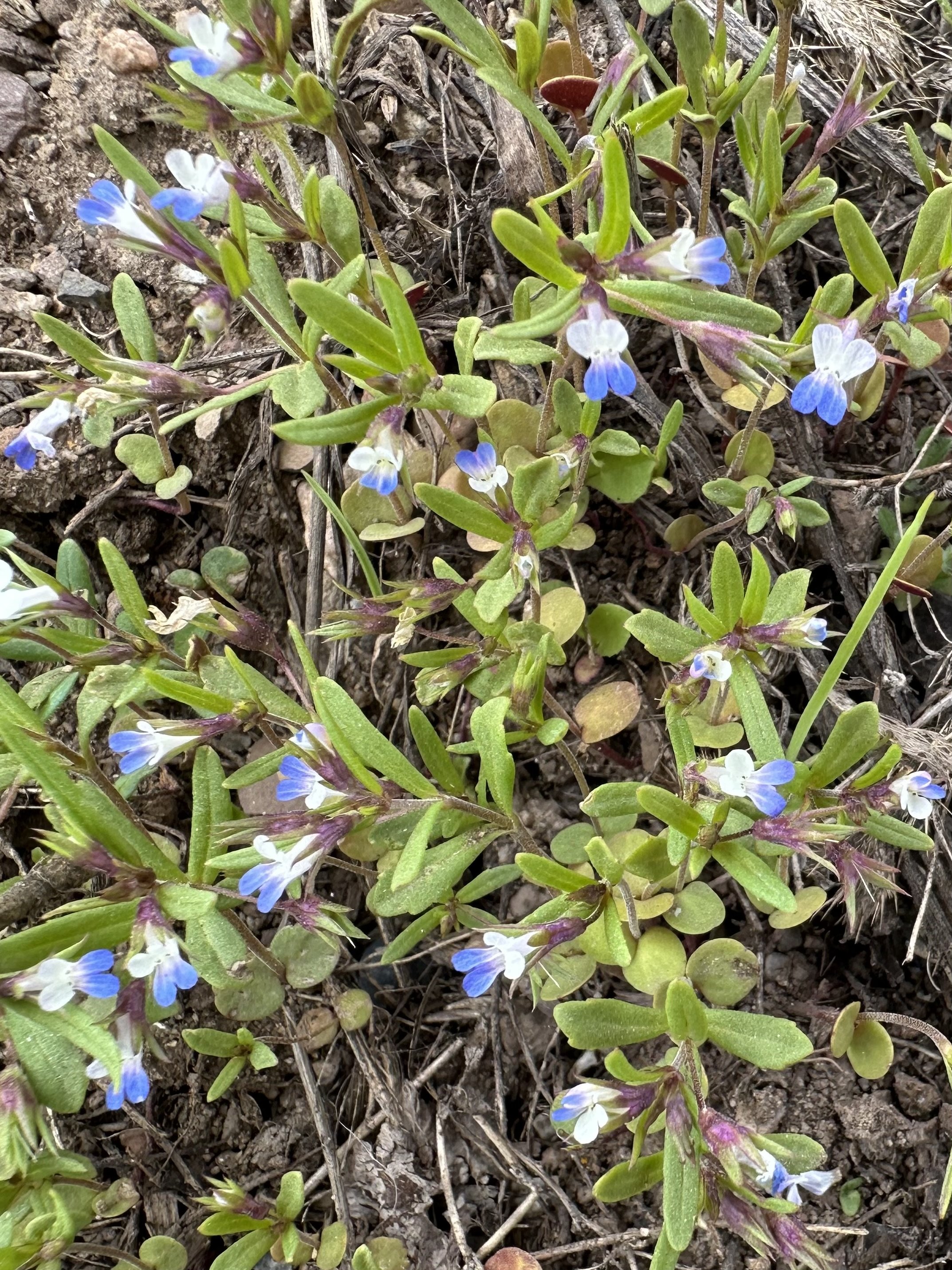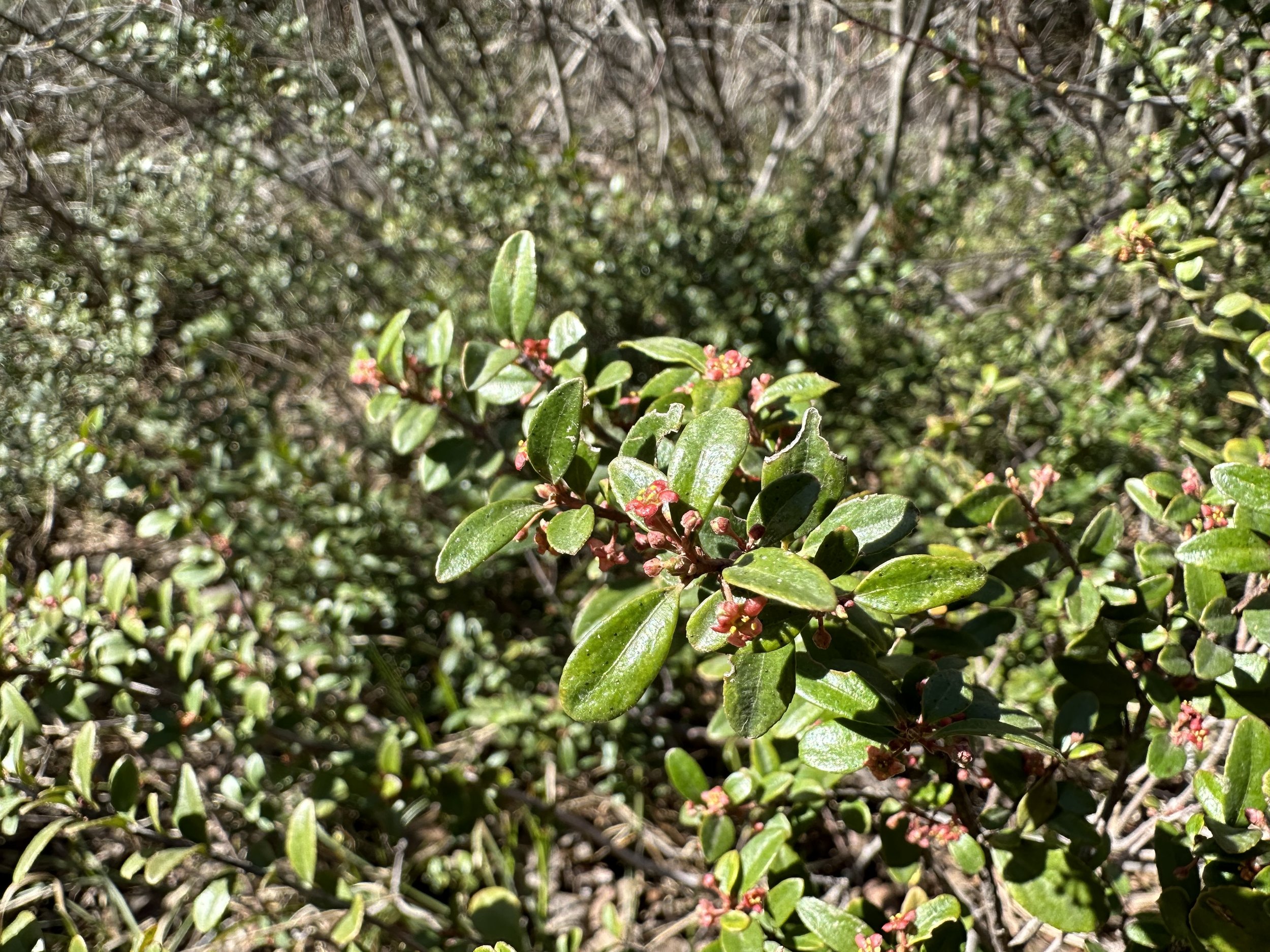Arnica cordifolia, May 29, 2023
June 6, 2023
Common & scientific name
Heartleaf arnica, Arnica cordifolia
Family
Sunflower, Asteraceae
Location
Grottos, elevation 9,300’
Fun, weird, helpful, or little known fact
From the highly excellent online resource, www.swcoloradowildflowers.com: “Since seeds of Arnica cordifolia are produced without fertilization . . . off-spring are genetically identical to their parents. The patches of Arnica cordifolia are, therefore, clones and this accounts for the wide variability of Arnica cordifolia characteristics from one location to another. Since there is no pollination there is no blending of characteristics to a common denominator.” Ah-ha! Look for them in varying form in our evergreen forests everywhere.






































